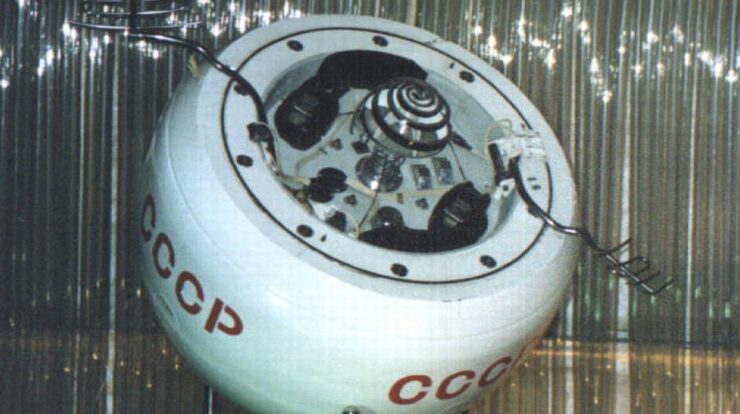
A Russian spacecraft is about to slam into Earth – and it could pose even more danger than it appears, experts have warned.
The space vehicle named Kosmos 482 is expected to descend into Earth’s atmosphere during the upcoming weekend. Specialists have been monitoring it diligently to determine precisely where and when it will land, partly for the purpose of safeguarding individuals who might be in its path.
This could be particularly significant since the spacecraft was designed to endure extreme environments. This implies that – unlike other recently and widely reported pieces of space debris that have descended back to Earth – it might survive atmospheric entry without disintegrating, thereby posing an even greater potential threat to people on the ground beneath its path.
Kosmos 482 was designed to touch down on Venus. It was dispatched from our planet in 1972; however, one of its engines failed.
Over the past few years, it has been circling the Earth in an erratic orbit that is scheduled to intersect with our planet this weekend.
Venus boasts temperatures reaching 477 degrees Celsius and atmospheric pressures over 90 times greater than those on Earth. Consequently, the spacecraft was designed to endure extreme heat and immense pressure. Given these conditions, the approximately one-meter-long and 500-kilogram craft is expected to plummet towards Earth without disintegrating or burning up upon entry.
Experts anticipate its arrival on Saturday morning within the Western Hemisphere. However, pinpointing the precise timing and site is extremely challenging, which means it might show up earlier or later than predicted.
Forecasting the trajectory of the spacecraft is challenging not just due to Kosmos 482’s intricate orbital pattern but also because it will descend through the higher layers of the atmosphere. This region can vary significantly and inconsistently owing to both solar activity and terrestrial influences.
“The odds that this relic will land in a populated area are very low, it will very likely land in the ocean. But we can’t yet say for certain where that will be,” said Marcin Pilinski, a research scientist at the Laboratory for Atmospheric and Space Physics (LASP) at the University of Colorado Boulder.
People who track asteroids to determine if they might hit Earth have a relatively simpler task. These celestial bodies would typically approach at a very sharp angle. Unlike this spacecraft, they wouldn’t graze the upper layers of our atmosphere for extended periods such as days or weeks.
The Independent stands out as the globe’s premier source of unbiased reporting, offering international news, insights, and examination tailored for those with an independent mindset. With a vast, worldwide audience comprising people who appreciate our reliable perspective and dedication to fostering constructive transformation, we continue to thrive. Today, more than ever, our objective—to drive meaningful progress—remains crucial.





